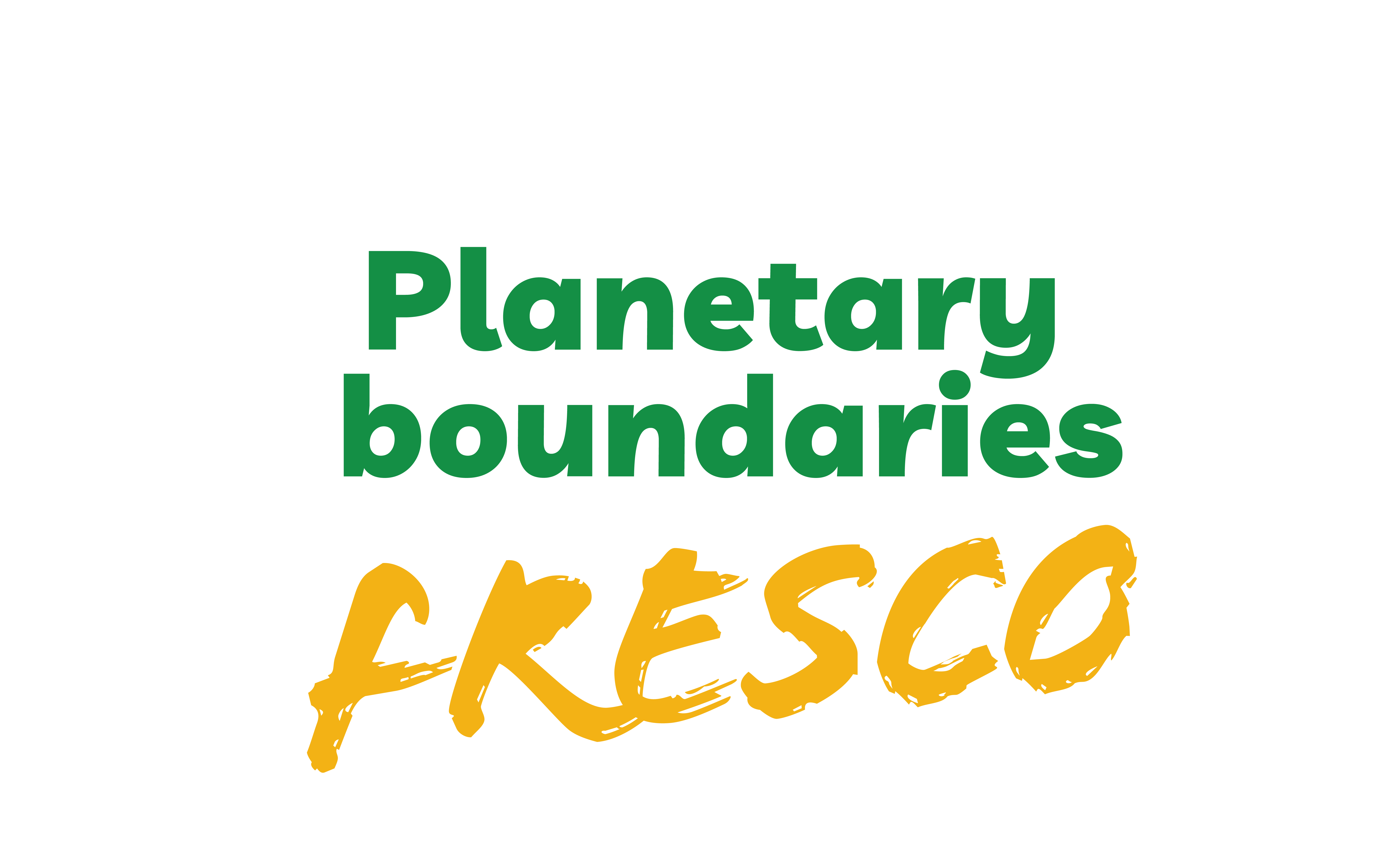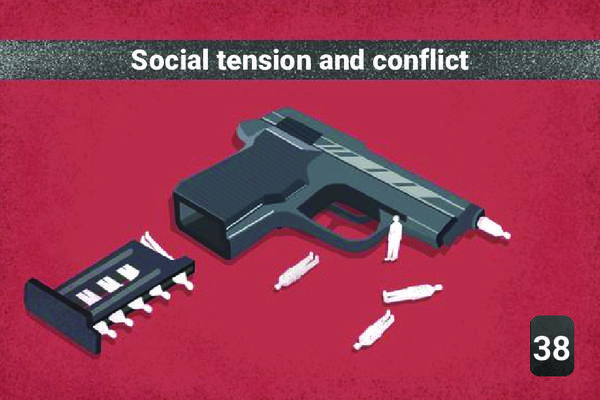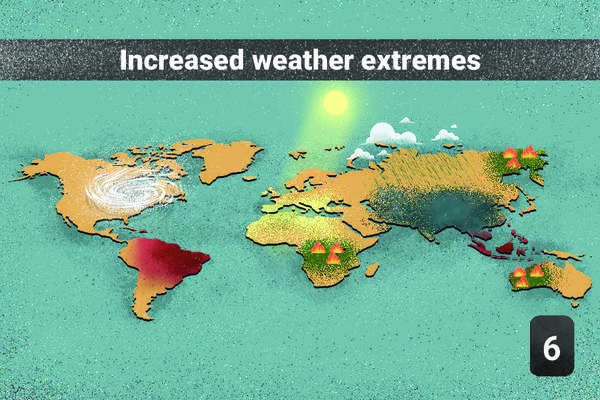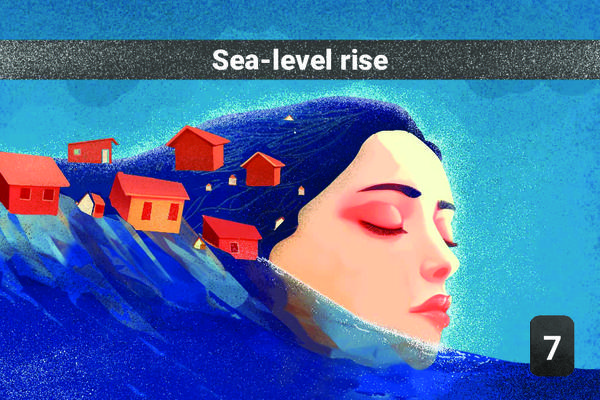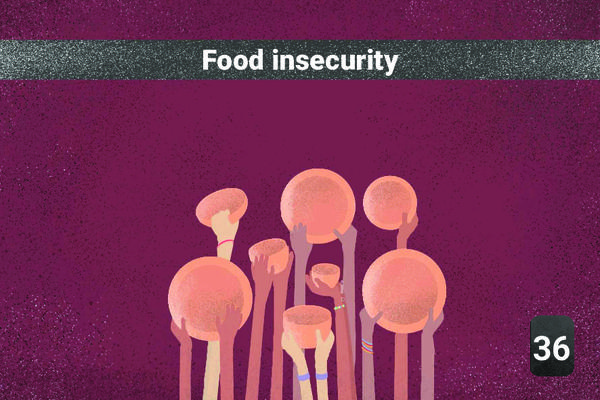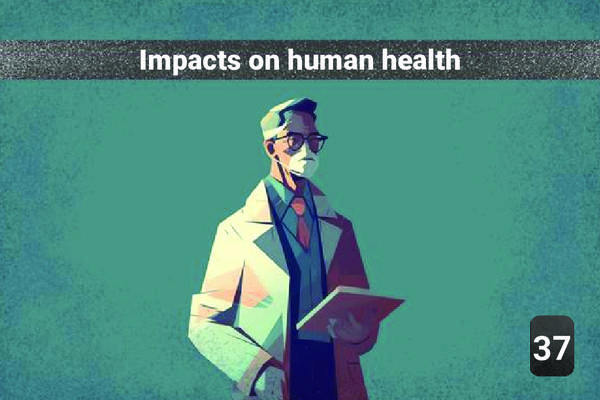42 - Growing inequality
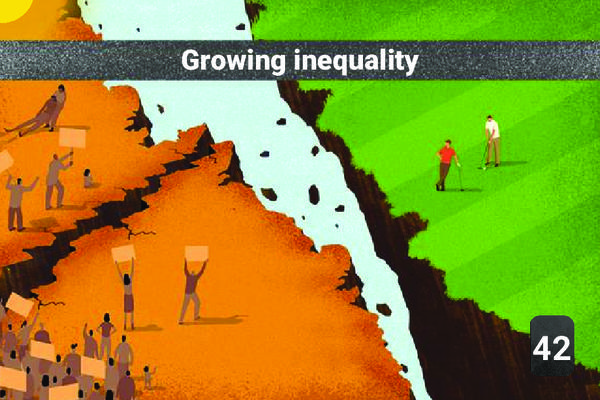
✏️ This explanation does not yet exist in your language… Just click here or send an email to fdn.memo@marc-antoinea.fr and suggest your translation!
3Causes
Wars foster inequality, because they disrupt economic, social and political structures in such a way as to concentrate wealth and power in the hands of some, while making others even more vulnerable. Here's why: Unequal destruction of resources: Wars destroy infrastructure, land and homes, but the poor, who often depend on these assets to survive (e.g. farmers), lose everything with no way of getting back on their feet. The wealthy, with diversified assets (bank accounts, foreign property), are less affected or may even benefit from reconstruction. War economy and opportunistic profits: Conflicts create parallel markets (weapons, looting, smuggling) that enrich a minority: warlords, traffickers or companies linked to power. During the war in Syria, for example, some close to the regime amassed fortunes, while the population grew poorer. Population displacement: Wars force millions of people to flee, becoming refugees or internally displaced persons. These groups lose land, jobs and savings, falling into precariousness, while those who remain in safety or have networks maintain or increase their status.
Climate extremes increase inequalities because they affect populations and regions disproportionately, depending on their wealth, location and ability to cope with the consequences. Here are the main reasons: Unequal geographical vulnerability: Poor populations often live in more exposed areas, such as flood plains, coasts or arid regions (e.g. slums in India, villages in the Sahel). The wealthy, on the other hand, tend to live in better-protected areas or can move easily, thus escaping the worst impacts of storms, floods or droughts. Limited adaptive capacity: Wealthy countries or individuals have the resources to protect themselves or recover from climatic extremes: insurance, resistant infrastructures (dykes, reinforced buildings), access to technology (irrigation, air conditioning). The poor, on the other hand, lack the means to invest in such protection or to rebuild after a disaster.
Rising sea levels, linked to climate change (melting ice and thermal expansion of the oceans), are causing an increase in inequalities, as they disproportionately affect populations and regions according to their geographical location, economic resources and capacity to adapt. Here are some of the reasons why.
Unequal geographical vulnerability: low-lying coastal areas, such as deltas (e.g. Bangladesh, Vietnam) or small islands (e.g. Maldives, Tuvalu), are the most exposed. These regions are often home to poor populations dependent on fishing or agriculture, who lose their livelihoods to flooding and soil salinization. Wealthier countries or communities, located at higher altitudes or better protected, are less affected.
Limited adaptive capacity: Developed countries or affluent populations can invest in infrastructure (dikes, relocation, drainage systems), while poor countries or marginalized communities lack the financial or technical means to protect themselves. For example, the Netherlands builds sophisticated defenses, but Haiti or coastal slums have no such option.
Population displacement: Rising sea levels are forcing millions of people to migrate, creating “climate refugees”. These displacements mainly affect the most disadvantaged, who lose their homes and land without being able to resettle easily. Wealthy or influential populations, on the other hand, have quicker access to safe areas or compensation.
3Consequences
Growing inequality has an impact on famines, as it limits equitable access to food resources and weakens the ability of the poorest populations to cope with crises. Here are the main reasons: Inequalities in access to food: the rich can buy food even in times of shortage, thanks to their purchasing power, while the poor, with inadequate incomes, cannot. When prices rise (e.g.: 2007-2008 food crisis), the poorest are the first to go hungry. Concentration of agricultural land: Inequality encourages land grabbing by large corporations or elites, depriving small farmers of their means of production. In South Sudan or Ethiopia, for example, this loss of access to land reduces communities' ability to grow their own food, making them vulnerable to famine. Dependence on unstable markets: the poor, often excluded from agricultural production, are dependent on the purchase of food. When inequalities widen the income gap, they don't have the means to absorb economic shocks (inflation, speculation), unlike the rich who maintain their supplies. Weak safety nets: In unequal societies, governments or institutions often neglect aid programs (subsidies, food reserves) for the most destitute. During the famine in Yemen, exacerbated by the war, the poor were abandoned while the better-off found alternatives.
Growing inequalities have consequences for health, as they create gaps in access to care, living conditions and the resources needed to stay healthy. Here are the main reasons: Unequal access to medical care: The wealthiest can afford doctors, private hospitals or expensive treatments, while the poor depend on public systems that are often underfunded or non-existent. For example, in countries like the USA, the lack of health insurance mainly affects low-income earners, increasing their risk of untreated illness. Poor living conditions: Inequalities relegate the less privileged to insalubrious housing (damp, pollution), dangerous neighborhoods or areas without drinking water. These environments favor respiratory, infectious or chronic diseases such as asthma or cholera, unlike the rich who live in healthier environments. Food insecurity: the poor have less access to a varied and nutritious diet, leading to malnutrition, obesity (due to cheap but unhealthy food) or deficiencies (e.g. lack of vitamins). The rich, on the other hand, maintain a better quality of life thanks to a balanced diet.
Growing inequality and armed conflict are linked because economic, social or political disparities create tensions that can degenerate into organized violence. Here are the main reasons for this connection: Frustration and resentment: When part of the population is excluded from wealth, opportunities or power (e.g. corrupt elites vs. poor masses), this generates anger. This sense of injustice drives marginalized groups to revolt, as in the Arab Spring (e.g. Tunisia, 2011). Competition for resources: Inequality amplifies the struggle for limited resources (water, land, oil). The poorest people, seeing the elites monopolize these goods, may take up arms to claim them. In South Sudan, for example, inequalities in access to fertile land have fuelled armed ethnic conflicts. Weak institutions: In unequal societies, governments are often perceived as illegitimate or unable to redistribute wealth equitably. This loss of confidence encourages the emergence of armed factions that challenge authority, as in Colombia with the FARC, born of rural inequalities.
